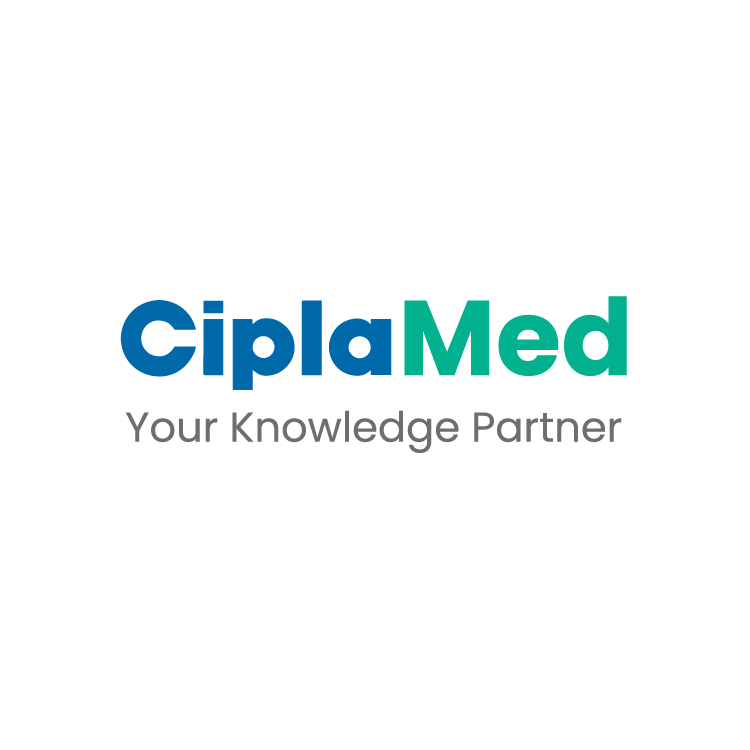Speaker- Chii Ruey Tzeng
Anti-Müllerian Hormone (AMH), a 140 kDa dimeric glycoprotein, is pivotal in growth differentiation and folliculogenesis in the Asia Pacific (APAC) region. It is secreted by follicular cells during embryogenesis, leading to the regression of the Müllerian ducts in males. Moreover, macrophage-secreted factors, distinct from inflammatory cytokines, can also regulate the activation of primordial follicles.
AMH levels are influenced by various factors such as racial and ethnic variations, ovarian hyperstimulation, smoking, oral contraceptive use, and certain diseases. The secretion peaks around age 25 and is used to assess ovarian reserve, predict menopause age, and evaluate In vitro fertilization (IVF) medication use. Studies show no significant differences in AMH levels across European, East Asian, and African populations. Still, variations have been noted in the broader Asian region, suggesting further study to investigate the effects of AMH levels in different areas and countries.
A multi-center registry study was conducted to analyze the AMH profile in infertile patients from the APAC region, particularly those in areas impacted by COVID-19. The study included patients aged 20 to 42, recruited from January 2020 to May 2021, across 10 countries and 12 sites. Each site contributed 300 to 500 cases, totaling 4581 patients for analysis. The primary objective of the study was to identify confounding factors influencing serum AMH levels and to determine the optimal AMH cutoff value for diagnosing polycystic ovary syndrome (PCOS) among Asian women. The findings revealed significant regional differences in the causes of infertility: male infertility was the predominant cause in China, potentially due to ethnic composition, whereas PCOS was the leading cause in Malaysia. Other identified etiologies included unexplained infertility, male infertility, and tubal factor infertility. This study aimed to provide a comprehensive reference for the Asian population, enhancing understanding of AMH levels and identifying the most accurate AMH cutoff value for diagnosing PCOS.
The study analyzed AMH levels in a diverse ethnic population, including Taiwan, China, Hong Kong, India, Indonesia, and Japan participants. Various technologies were employed to measure AMH levels, with Roche image measurement technology notably producing lower levels. Density plots demonstrated similar AMH distributions across different ethnicities. The serum image distribution indicated a mild decline in AMH levels before age 33, followed by a sharp decline between ages 33 and 43. Furthermore, the study differentiated between patients with polycystic ovary (PCO) and those without, finding comparable AMH distributions among these groups.
The study focuses on determining the optimal AMH cutoff value for diagnosing PCOS in the Asian population, establishing a cutoff value of 4.0 ng/ml. Patient profile analysis indicates that Japanese, Korean, and Thai patients are generally older, whereas Indian, Malay, and Vietnamese patients are younger. A higher AMH level is correlated with younger age and higher body mass index (BMI). Additionally, the study finds a higher incidence of PCOS among Indian, Malay, and Vietnamese populations. Notably, Vietnamese individuals with PCOS often exhibit a lean phenotype characterized by low AMH levels and lower BMI.
The study compared fresh and frozen serum samples to assess confounders such as smoking and menstruation. Results indicated a slight decrease in AMH concentration after freezing, suggesting that freezing may reduce AMH levels. Smoking prevalence was higher in frozen samples, yet no significant difference was observed in fresh samples. The timing of sample collection during the menstrual cycle did not affect serum AMH levels. Additionally, no significant differences were found in AMH levels among patients using birth control, oral contraceptives or in pre-treatment groups. However, patients who had undergone endometrioma surgery exhibited a substantial decline in serum AMH levels, highlighting the importance of monitoring AMH levels in these patients and the potential impact of the surgery on AMH concentration.
Endometriosis patients typically have low baseline AMH levels, suggesting a potential deterioration of AMH, which may be due to a genetic predisposition. A dramatic decline in AMH levels is observed after age 35, with a more pronounced decrease in endometrioma patients. Conversely, the rate of decline is slower in younger patients, indicating that age plays a significant role in this process. This correlation is similar to the relationship observed between obesity and AMH levels in patients with PCOS. Understanding these correlations is crucial for comprehending the progression and impact of endometriosis on ovarian reserve.
Heavy metals like arsenic, cadmium, and mercury can cause ovarian toxicities, thereby affecting women's ovarian reserve. Similarly, environmental toxicants have detrimental effects on ovarian function. Serum AMH levels are directly linked to live birth rates, particularly in the context of assisted reproductive technology. However, there is a lack of data regarding the impact of these levels when utilizing intrauterine insemination (IUI) or conceiving naturally. Notably, low AMH levels in young women increase the risk of premature ovarian insufficiency, underscoring the importance of vigilant monitoring of AMH levels.
The study revealed that tubal infertility is the most common indication for assisted reproductive technology (ART) in China, whereas PCOS is the predominant indication in Malaysia. Ethnic diversities in Malaysia and Singapore exhibit similar AMH distributions; however, Indian, Malay, and Vietnamese patients have a higher prevalence of PCOS. Elevated AMH levels and obesity are frequently observed among these patients. The optimal AMH cutoff for diagnosing PCOS is 4.0 ng/mL. While birth control pills significantly reduce serum AMH levels, selection bias may not entirely suppress AMH levels.
The reliability of assay results in frozen samples is notably influenced by methodological variations across different centers, underscoring the preference for standardized assays for their consistent performance. Frozen samples' potential protein degradation over prolonged storage periods is a significant concern. While AMH levels prove valuable in identifying polycystic ovarian morphology, confirming a diagnosis of PCOS necessitates ultrasound evaluation. The universal applicability of an AMH cutoff for PCOS diagnosis remains challenging due to diverse population demographics and variable diagnostic criteria. Future study efforts are imperative to refine diagnostic methodologies and elucidate their practical implications in clinical settings.
European Society of Human Reproduction and Embryology, July 7-10, Amsterdam, The Netherland



